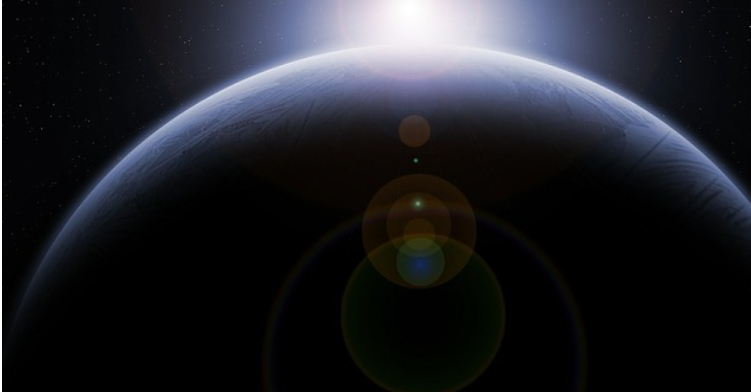Universe: China has discovered a second Earth
2 min read
China’s space program is always growing and after the space station, missions to the Moon and Mars, the project is to explore new solar systems and their exoplanets . With existing technology and modern telescopes it is extremely difficult to find the presence of small Earth- like planets mainly due to its host stars, which are much heavier and brighter.
However, the Chinese mission, called Earth 2.0 , hopes that the situation will change. The mission will be funded by the Chinese Academy of Sciences and is currently completing the first design phase . If it later passes the expert review, the team will receive the funding it will need to begin building the satellite. The team plans to launch the spacecraft on a Long March rocket by the end of 2026 .
China, a new mission will leave to discover a second Earth
The future satellite will be able to carry seven telescopes that will observe the sky for 4 years . They will best observe the constellations of Swan and Lyre, the same portion of the sky that has already been scoured by the Kleper telescope. The satellite may be 10-15 times more powerful than NASA’s Kepler telescope in its sky sensing capability. It can also essentially conduct a census that identifies exoplanets of different sizes, masses and ages. The mission will provide a good collection of exoplanet samples for future research.
Of the seven telescopes, six will study 1.2 million stars over a 500-square-degree portion of the sky . Earth 2.0 will be able to locate farther stars than can be seen by NASA ‘s Transiting Exoplanet Survey Satellite , which examines bright stars near Earth. The seventh tool will be the Microlensing Gravitational Telescope to observe rogue planets, free celestial bodies that do not orbit any stars and exoplanets , such as Neptune, far from their star.
There will be a lot of data, so we need all the hands we can get. Earth 2.0 is an opportunity to enhance international cooperation . The team of Chinese scientists hopes to find at least a dozen planets of Earth 2.0 within a few years of its operations.

